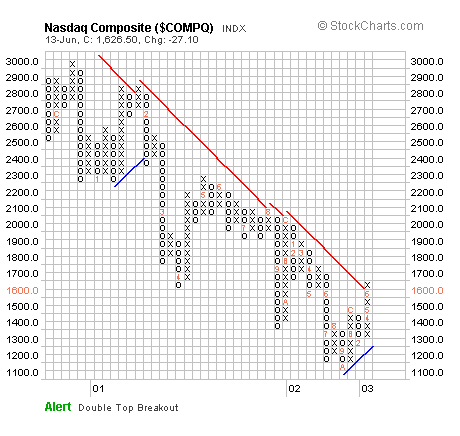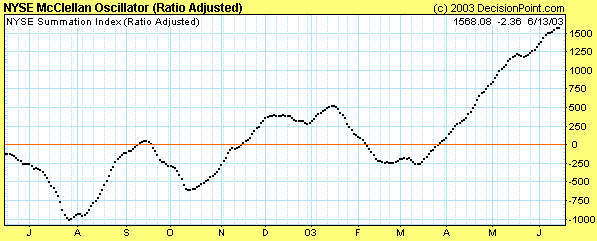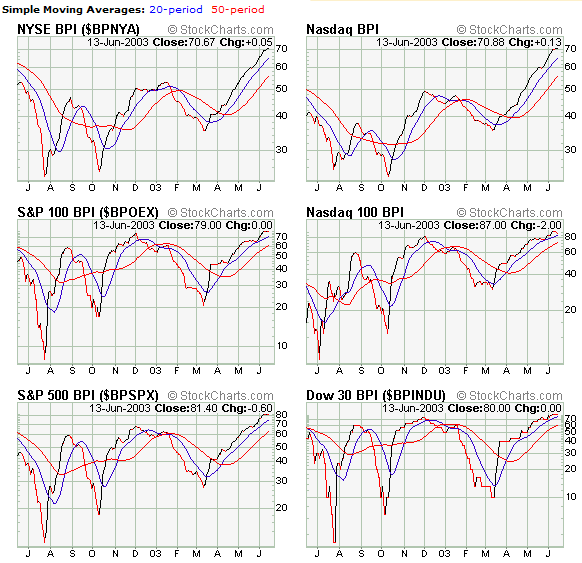Chip's personal message goes here, talking about what John Murphy, Richard Rhodes, Carl Swenlin and the rest of the gang
have to say in this issue. This segment should be limited to a couple sentences... we want to keep people engaged with concise
text that is valuable and useful to them. Leads into Chip's column about specific issues...
Chip's Headline Goes Here
Chip's market commentary goes here. Chip's market commentary goes here. Chip's market commentary goes here. Chip's market
commentary goes here. Chip's market commentary goes here. Chip's market commentary goes here. Chip's market commentary goes
here and here. Chip's market commentary goes here. Chip's market commentary goes here. Chip's market commentary goes here.
Chip's market commentary goes here. Chip's market commentary goes here.

More of Chip's market commentary goes here. More of Chip's market commentary goes here. More of Chip's market commentary
goes here. More of Chip's market commentary goes here. More of Chip's market commentary goes here. More of Chip's market
commentary goes here. More of Chip's market commentary goes here. More of Chip's market commentary goes here and here. More
of Chip's market commentary goes here. More of Chip's market commentary goes here. More of Chip's market commentary goes
here. More of Chip's market commentary goes here and there. More of Chip's market commentary goes here. More of Chip's market
commentary goes here.
SUB-HEADLINE GOES HERE - More informative information goes here. More informative information goes here. More informative
information goes here. More informative information goes here.

More informative information goes here. More informative information goes here. More informative information goes here.
More informative information goes here. More informative information goes here. More informative information goes here. More
informative information goes here.

WRAP UP HEADLINE - Here are the final conclusions, call-to-actions and parting shots. Here are the final conclusions,
call-to-actions and parting shots. Here are the final conclusions, call-to-actions and parting shots. Here are the final
conclusions, call-to-actions and parting shots.
This time last year I wrote about my expectation for long-term interest rates to start moving higher during 2004. I got it only half right. They moved higher during the first half, but then fell back during the second half. It looks like bond yields will end the year pretty much where they started. A number of readers have asked why bond yields have stayed so low for so long and for my outlook for next year. Chart 1 shows bond yields turning back down at the start of 2000 and bottoming in mid-2003. The 2000 peak in yields coincided a falling stock market and rising bond prices. The deflation threat that existed at that time caused a major decoupling of bond and stock prices. As a result, bond yields and stocks became positively correlated. Bond yields turned up shortly after stocks during the first half of 2003, right after the start of the Iraq war and a plunge in oil prices. That caused a major rotation out of bonds and back into stocks -- reversing the 2000-2002 bear market trend. Chart 1 shows the yield on the Ten-year Treasury note turning up during the first half of this year and breaking the four-year down trendline (see circle). That wasn't a surprise. What was a surprise was the subsequent decline in yields back to that same trendline (see arrow). Let's take a closer look.

It is shaping up to be a banner month for December volume. On this chart, the vertical black line shows the beginning of December, the red line the end of December (D) and the green line the end of January (J). Over the last three years, there was strong volume in early December (usually the first 2-3 days). In 2002 and 2003, volume soon tapered off and December finished with its normal below average volume performance.
Things are different this year, at least for the first 17 calendar days of the month. Nasdaq volume started strong and continues strong with 12 of the last 13 trading days above 2 billion. The 13-day average is 2.314 billion, which is comfortable above the 2-year average of 1.71 billion shares per day. This kind of high volume was last seen in January 2004, which marked a peak in the index. Perhaps the fund managers are making their move a month early. Also notice that the Nasdaq peaked in the middle of January the last two years. 2003 marked a relatively minor peak and 2004 marked a more significant peak.
So what does it mean? Even though volume has been high the last 13 days, the index has basically traded flat. This amounts to spinning your wheels or burning up a lot of fuel without going anywhere and suggests that a period of correction or consolidation lies ahead.

The daily chart of the US Dollar Index shows that the dollar is trying to put in a bottom. The encouraging signs are that the 9-year low earlier this month survived a sharp retest this week, the index has broken above the short-term declining tops line, and there is a PMO crossover buy signal. The problem is that sentiment has moved from extreme bearishness to neutral, which means that quite a few bulls have arrived on the scene. This happened too quickly, in my opinion, and there may be more work to do (and lower lows seen) before the bottoming process is complete.

There is encouragement on the long-term (monthly) chart as well, because there is a strong zone of support between 78 and 80, and the PMO is very overbought. Nevertheless, the PMO is still falling, and it needs to turn up before we can begin to believe the long-term down trend has ended.

Today we take a very long-term look at the relative valuation of integrated oil-related shares in comparison to gold shares ($XOI/$HUI). After the very long rise in gold shares in both absolute and relative terms; we find the present time is opportune to prune back long gold holdings and buy into integrated oil shares at current levels. This certainly isn't a popular decision given many are ‘gold bugs', but the fact of the matter is that this investment allocation merits strong consideration; for given when the Fed raises interest rates….they generally go too far and gold shares do quite poorly.
However, the technical picture is looking up. The ratio simply shows how ‘beat up' oil-related shares are to gold – losing nearly 80% since their 2000 high, but prices formed an absolute low in late-2003 followed by a successful test of the 50-week moving average. This, coupled with momentum turning higher from oversold levels suggests that the recent decline in integrated oil shares is an opportunity to buy oil related shares as a multi-year advance in both absolute as well as relative terms appears underway. If the ratio simply retraces back to its 200-week moving average, we would do very well. But if 50% of its decline is retraced…they we will have done enormously well.
